I am pretty noob at Vim still, pardon my ignorance
"Boundary" whitespace is any whitespace except single spaces between words, paraphrasing from VSCode docs:

I want to mimic this same behavior in Vim (ideally with no plugins).
An example of how this feature looks in VSCode:

There aren't many resources that I found on this topic. There is Render space if it have multi space in Vim, which addresses this exact same feature (previous example image shown is from that question), but the provided solution does not work exactly as expected.
This is an example of how boundary whitespaces look after trying out that stackoverflow solution:

- While the '·' character is shown when there are 2 or more spaces in a row, which is desired, they are also shown highlighted, which is not what I expected
- Moreover, if I place the cursor on a line that contains consecutive spaces, they disappear (or are highlighted into invisibility, whatever is happening that renders them invisible)
- Excuse my newbie comments in my .vimrc; the rest of the file is commented out
This is another example, in VSCode, of the desired behavior:

Am I missing something from that previous question? Is the highlighting of whitespaces normal or a different issue on its own? Thanks in advance!

